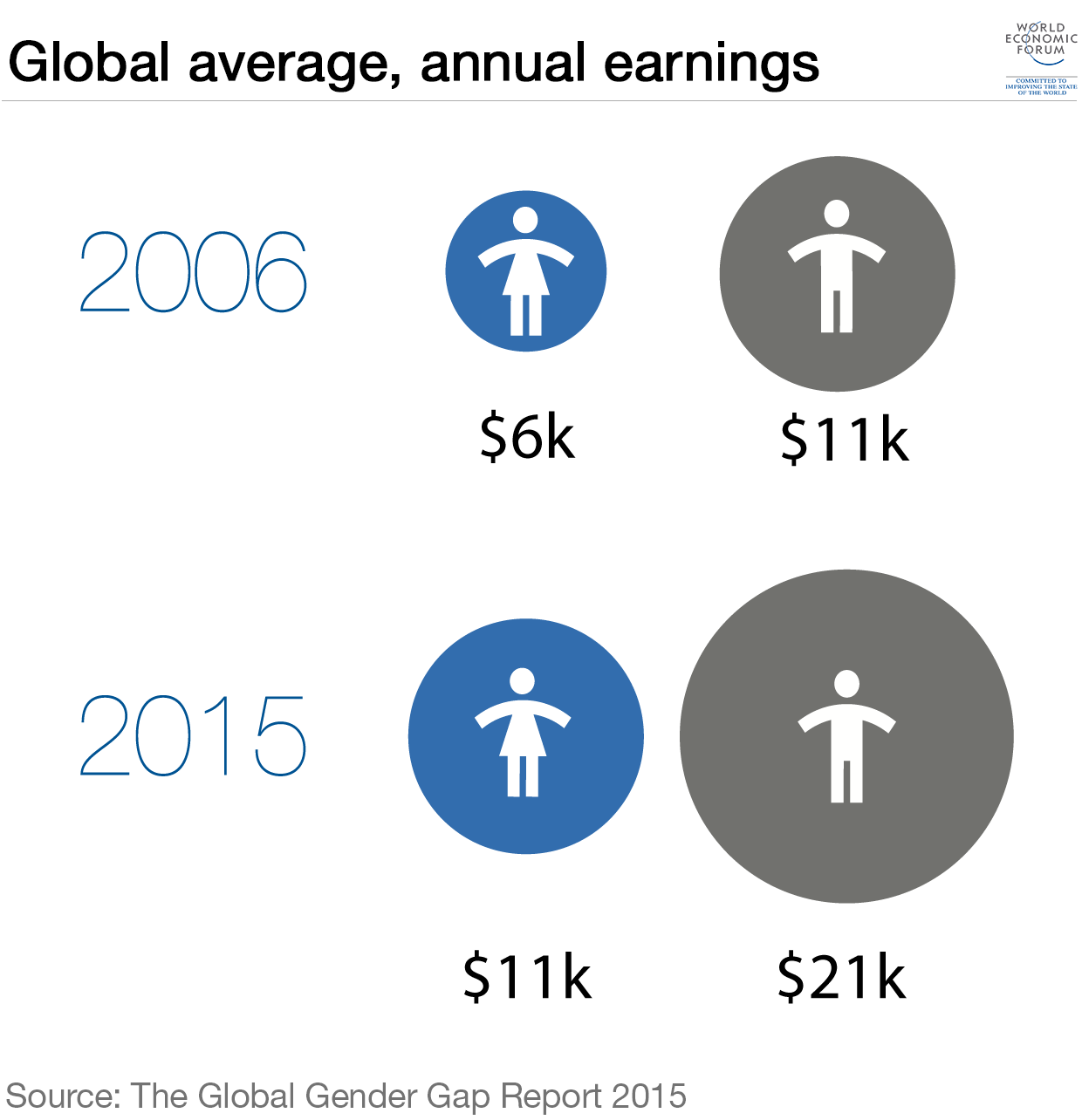
You can only be at one point on this scale, meaning you can be experiencing one type of affect to a certain degree (from extremely mild to extremely strong), but not the other at the same time.

People often assume that positive and negative affect are on two opposite ends of a bipolar scale. Positive and negative affectivity not only plays a large role in our day-to-day experience and our enjoyment, our affectivity can also influence our opinions, thoughts, performance, abilities, and even our brain activity! Positive Affect vs. Negative affectivity is negative emotions and expression, which includes sadness, disgust, lethargy, fear, and distress. Positive affectivity refers to positive emotions and expression, including cheerfulness, pride, enthusiasm, energy, and joy. It refers to the emotions or feelings that we experience and display, especially in terms of how these emotions influence us to act and make decisions. The word “affect” is basically a more technical way to talk about emotion and expression.

“Affect” in this context is pronounced with the “a” as it is pronounced in “apple.”

However, there’s an easy way to keep them apart: the pronunciation will help! While the first two versions are usually pronounced the same (something like “uh-fekt” or “eh-fekt”), the third version is pronounced with emphasis on the first syllable. (By the way, I have an effect on my spouse and my spelling affects my grade- the “e” spelling is for the noun and the “a” spelling is for the verb). Keeping track of these two different versions can prove challenging already, but you may have seen the third version of this word that actually refers to a completely different idea-now you have another “affect” to add to your vocabulary! Which is which, again? Do I have an affect or an effect on my spouse? Does my spelling affect my grade or effect my grade? The difference between “affect” and “effect” is hard enough for a lot of us to grasp.


 0 kommentar(er)
0 kommentar(er)
